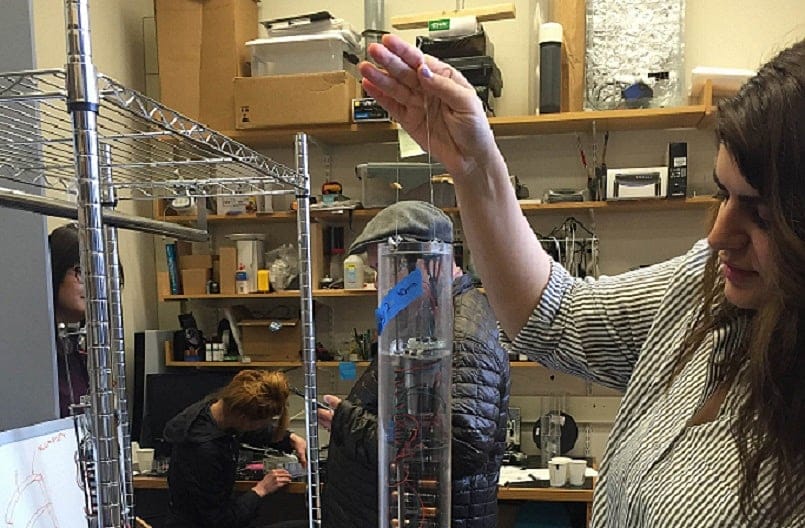MIT Senseable City Lab envisions future cities

CAMBRIDGE – The Massachusetts Institute of Technology and its researchers have long been reshaping our reality. Teachers at the school and its alumni are credited with, among many other things, creating the World Wide Web (which brought you this article), email, microprocessors, positron emission tomography, or PET, medical scans and even Bose audio speakers.
It's hard to overstate the Institute's importance in both creating many of the modern world's key technologies and in using science to better understand humanity and its needs. Today, MIT's Senseable City Laboratory continues those traditions by taking innovation to the streets, literally.

